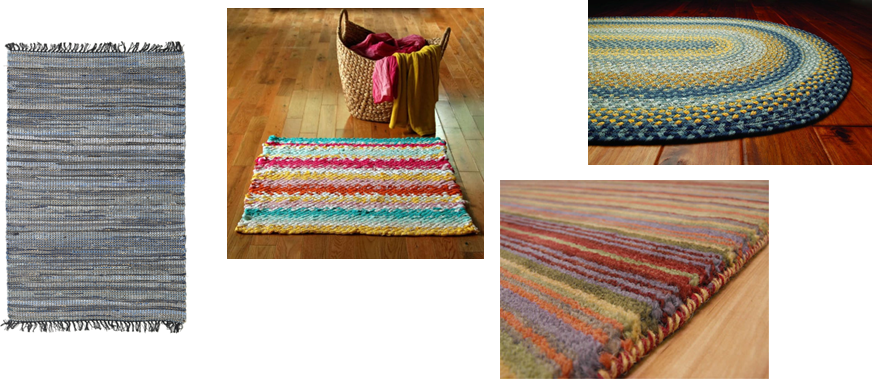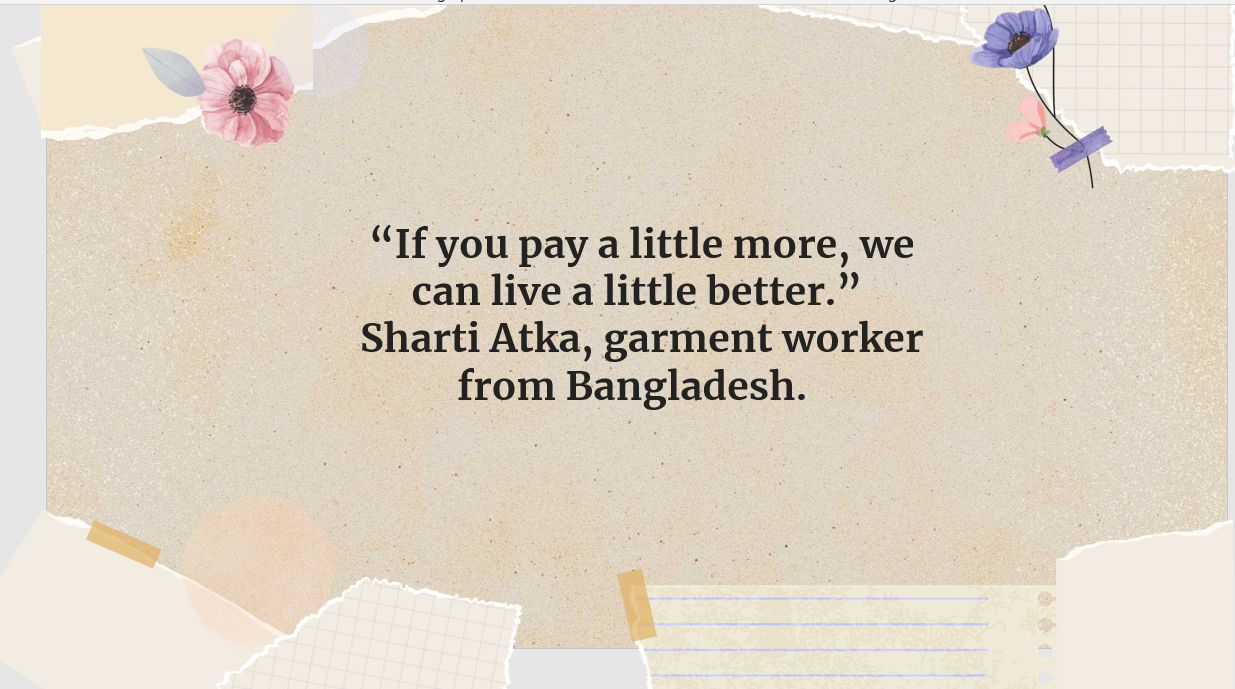
The word "fashion" is used to describe the style from a particular period of time in clothes, footwear and makeup. It represents the industry that combines creativity and work, art and necessity, a form of self-expressing and communication. It is an important part of the economies, with a value of more than 2.5 trillion $USD and employing over 75 million people worldwide.

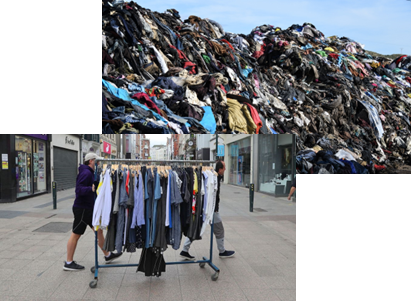
In the last decades, because of mass production, the fashion industry became responsible for 10% of humanity's carbon emissions, dries up water sources, and pollutes rivers and streams.
Every year, 92 million tonnes of clothing are thrown away, which during the decomposition process, generates greenhouse methane gas and leaches toxic chemicals and dyes into the groundwater and our soil. As a recommendation, the clothes that are not ripped and can be worn should be donated.


The fast-fashion term is referring to the clothes made by street stores which are copies of the runway ones, so that average people can wear something similar to the high-quality ones, but much more affordable. But because the trends change at least two times a year, so do the people’s tastes in fashion. Most of the trend-followers throw away the old trending items and buy other clothes.


With the rising influence of social media, people come in contact with the changing trends on a daily basis. Seen on almost all social media now are millions of “influencers” – social celebrities marketing lifestyle products and brands and accelerating fast fashion culture through constantly changing trend cycles.
For viewers, it has become increasingly more difficult to separate marketing strategies and ads from friendly faces and social content that we enjoy. Fast fashion culture prevails under this social media strategy, as it is normalised and promoted on every app.


Some of the most popular fashion retailers, like Zara, Urban Outfitters, and SHEIN, recreate new pieces from major fashion brands designed cheaply for the masses, producing entirely new stock for their stores nearly every week. These then become ‘microtrends’ in fast fashion culture, which are mini trends which come and go so fast they may never even gain global popularity, before they are taken off the shelves to leave room for newer, faster products.

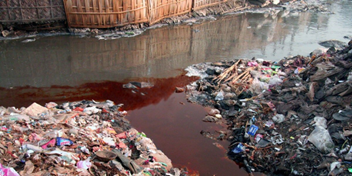
Fast fashion pieces use environmentally costly materials like synthetic fabrics, which can create toxic waste during production that seeps into the local environment, hurting animals and people who live there. It’s estimated that the textiles industry produces over 1.2 billion tons of CO2 per year from manufacturing, processing and shipping. Plus, nearly 1.5 trillion liters of water are used to produce new clothes every year.
Then, once these clothes make their way into people’s homes, consumers wash them, which releases microfibers and microplastics from synthetic fabrics into the water. Aquatic organisms then eat these tiny particles, eventually putting plastic back into the food we eat. Much of this clothing will end up in landfills after just a few wears, creating massive textile waste.
Polyester is one of the most popular fabrics. It is derived from fossil fuels, contributes to global warming, and can shed microfibres that add to the increasing levels of plastic in our oceans when washed. But even “natural” fabrics can be a problem at the scale fast fashion demands. Conventional cotton requires enormous quantities of water and pesticides in developing countries. This results in drought risks and creates extreme stress on water basins and competition for resources between companies and local communities.

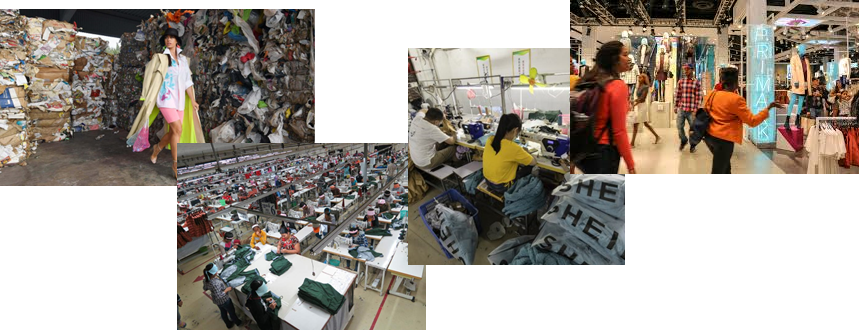
The pieces of clothing are made in countries like India, Cambodia, Vietnam, Pakistan, and China, where the employers are treated poorly and have a small salary compared to their work. Moreover, they are not high-quality so they cannot be reused by other people, and as a consequence, they end up in the trash.

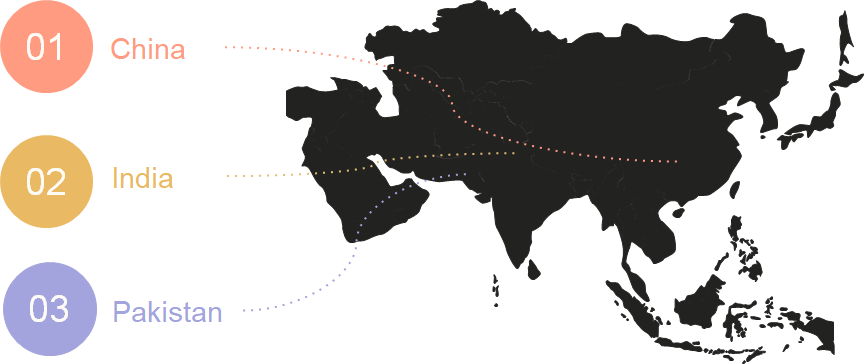
The people in fast fashion factories face dangerous working conditions with exposure to toxic chemicals, poor air quality and overcrowding, and long-term health complications. Plus, most factory workers aren’t properly compensated. It’s difficult to trace where exactly fast fashion companies are producing clothes, so it’s hard to determine if they use child or slave labor during production.
Fast fashion impacts garment workers who work in dangerous environments, for low wages, and without fundamental human rights.



In the wild, the toxic dyes and microfibres released in waterways are ingested by land and marine life alike through the food chain to devastating effect. And when animal products such as leather, fur, and even wool are used in fashion directly, animal welfare is put at risk. As an example, numerous scandals reveal that real fur, including cat and dog fur, is often being passed off as faux fur to unknowing shoppers. The truth is that there is so much real fur being produced under terrible conditions in fur farms that it’s become cheaper to produce and buy than faux fur.

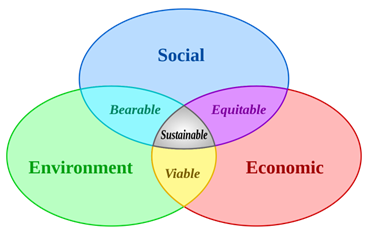
The purpose of sustainable development is to end global poverty and to create a better environment for future generations to live on a healthy planet. Moreover, it is based on three pillars: economic, environmental, and social.
The concept of sustainable development was described by the 1987 Bruntland Commission Report as “development that meets the needs of the present without compromising the ability of future generations to meet their own needs.”

 |
“Upcycling” is the creative recovery of materials of any kind, fabrics or garments from inventories and stocks that become the starting point for different products and new creations. Thanks to this technique, used clothes and warehouse leftovers are transformed into new collections highly sought after by fashion addicts. |
|
Examples of companies that are now exclusively only dealing in upcycled clothes:
|
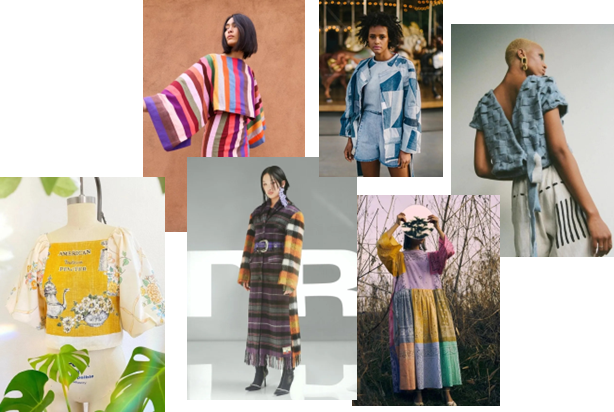 |


Recycling is finding another use for an existing garment or in the case of textiles it sometimes also means converting (waste) into reusable materials. Garment recycling generally involves finding another use or user by re-entering a new phase for its life beginning at retail. The loop to recycle therefore closes towards the end of the supply chain and frequently re-enters the market through charities and collection points. The process of recycling textiles can also include the break down or grinding of high-grade materials into their purest raw forms or substrates. Recycling technology is seen as important in combating scarcity of raw materials and offers companies additional ways of managing their supply of raw materials.

We conducted a survey in order to identify the behaviours of several people when buying clothes. We wanted to determine how often they buy clothes, what budget they usually have, the influence actual trends have on them and most importantly what materials the clothes were made of and where they were produced.
 |
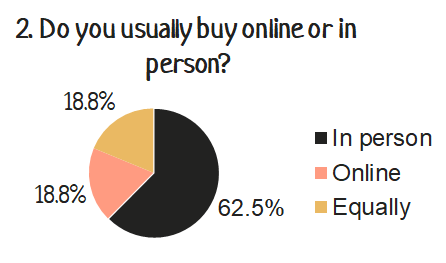 |
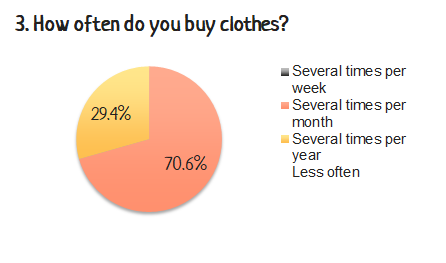 |
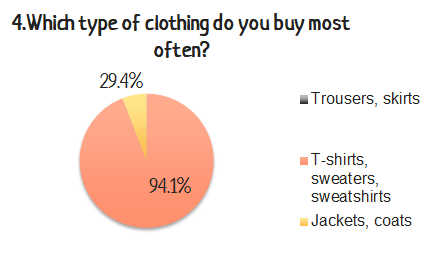 |
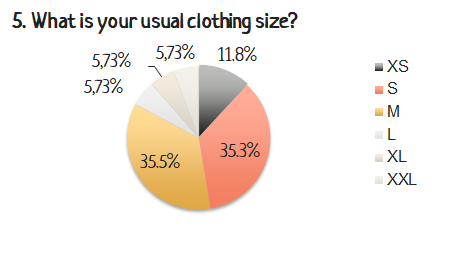 |
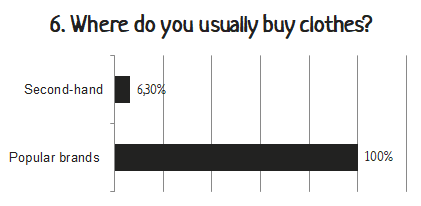 |
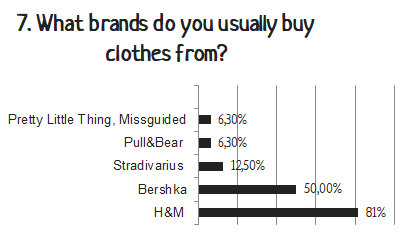 |
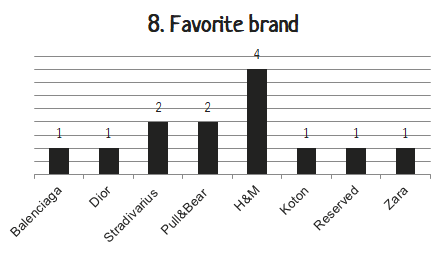 |
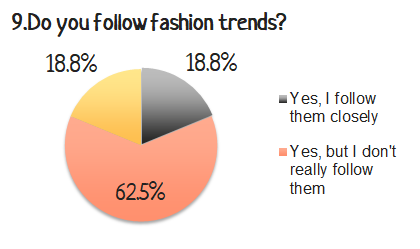 |
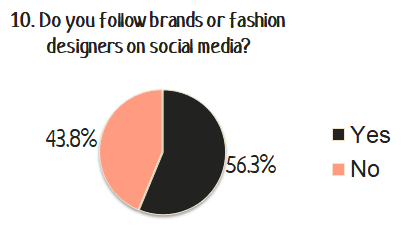 |
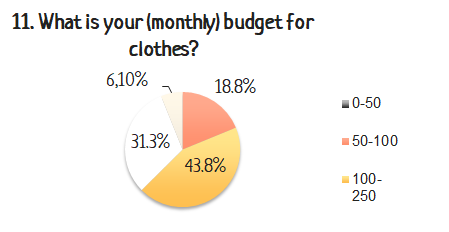 |
 |
 |
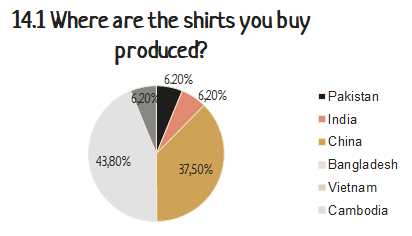 |
 |
 |


If used textiles are not in good condition to be resold or donated, they can be recycled. They can be donated to a thrift store or consignment shop. Many organizations take used clothing and textiles to recycle them and turn them into a new item.
Examples of items made from recycled textiles are:
- Automobile cushions
- Insulation
- Paper
- Wiping cloths
- Carpet padding
- Baseball filling
- Pillow stuffing
- Pet beds
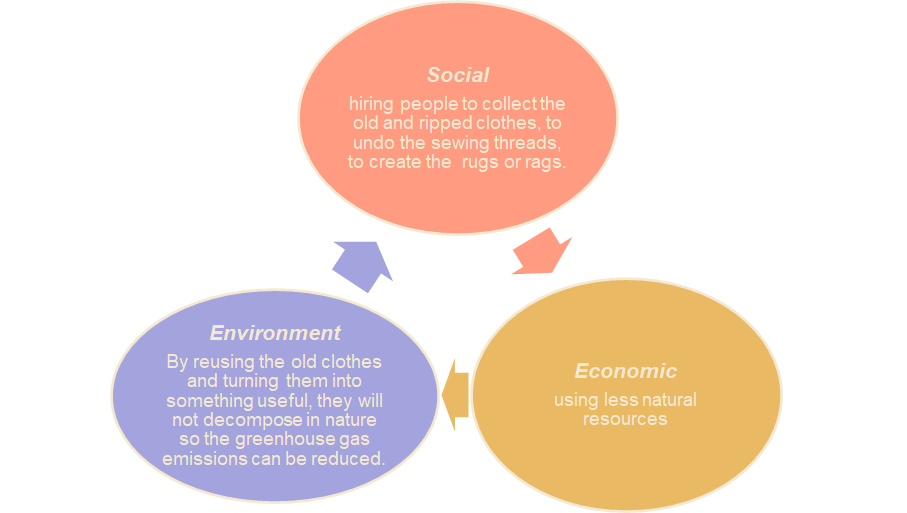
Because the fast fashion items are low-quality, they cannot be donated so an alternative should be to turn those materials into something that most people always need: household items. In this way, we can reuse the materials and not let the decomposition process that might take months or years to happen.
In our day-to-day life, we use rags, mop heads, or walk on rugs, so we can take the sewing threads from each material and recreate something useful: rugs or rags.

